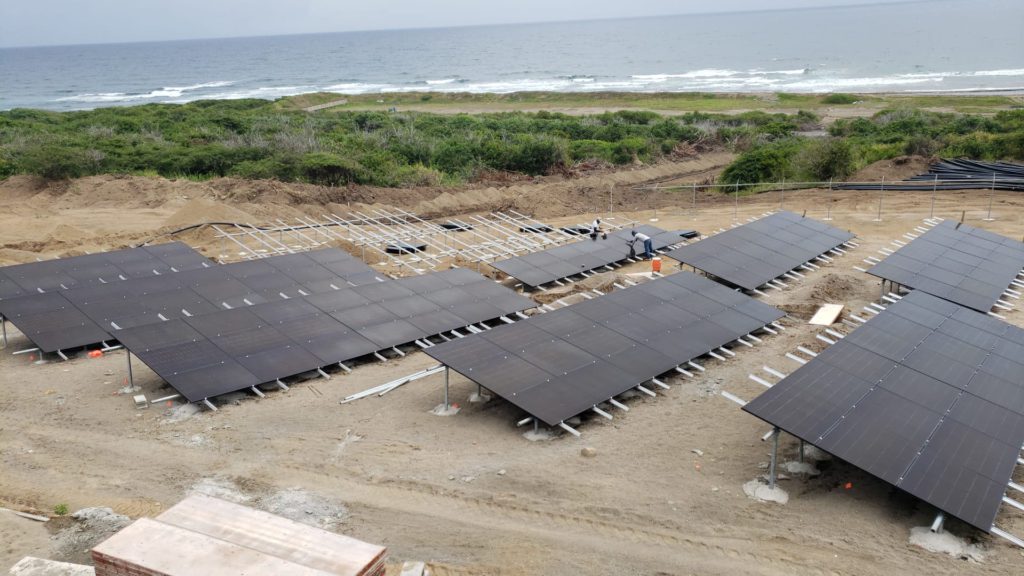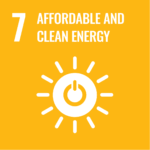Our Key Development Focus Areas
Green Energy Transformation
Summary
The government’s vision is to become the smallest green nation in the Western Hemisphere, providing reliable, renewable, clean, and affordable energy to all its citizens through the development of wind, solar, geothermal, and hydroelectric energy, as well as ensuring reforms in the electrical system and facilitating the adoption of E-mobility.
Given that climate change is the most pressing environmental and developmental challenge for St. Kitts and Nevis, we have anchored he development strategies and policy action plans in climate resilience.



